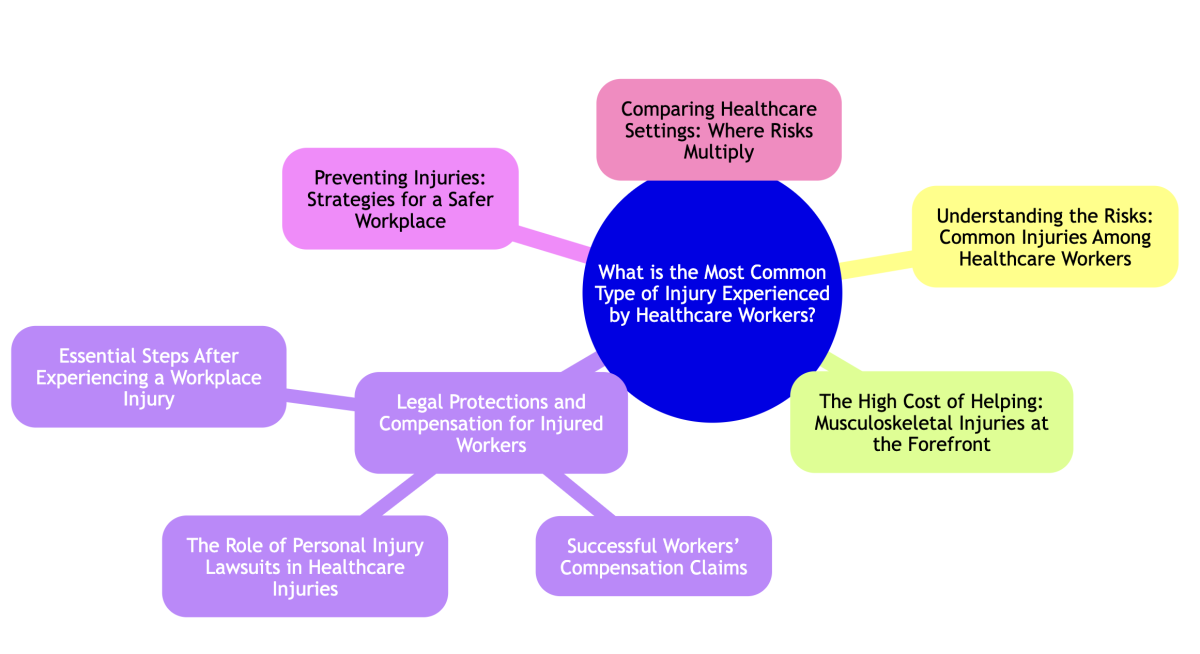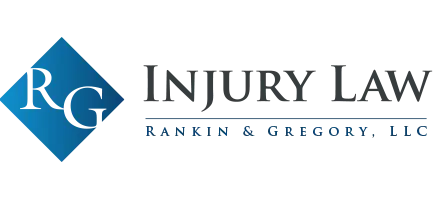Introduction - Healthcare and Workers Comp
Musculoskeletal injuries (repetitive motion related) are the most common injuries among healthcare workers - reflecting the physical demands and risks of their vital roles.
Every day, these dedicated individuals face a variety of hazards in their efforts to care for others, from lifting patients to repetitive tasks that strain the body.
This dedication to the well-being of others does not come without its challenges, particularly the risk of personal injuries that can significantly impact their quality of life and ability to work.
This article is from Workers Comp attorney, RG Injury Law in Lancaster, PA
Key Takeaways
- Musculoskeletal injuries are the most prevalent challenge healthcare workers encounter, from nurses to aides.
- Patient handling plays a pivotal role in the causation of these injuries, underscoring the need for vigilance and proper technique.
- Adopting correct lifting techniques and utilizing appropriate equipment is essential for minimizing risk.
- Understanding workers' compensation and legal options is crucial for workers injured on the job.
- Preventative measures and education on common injuries can significantly reduce their occurrence, ensuring a safer workplace.

Understanding the Risks: Common Injuries Among Healthcare Workers
The healthcare industry, unfortunately, poses a significant risk of injury to its workforce.
Musculoskeletal injuries, primarily caused by overexertion and repetitive motions, are at the heart of these occupational hazards. These injuries often stem from the demanding physical tasks healthcare workers perform daily, such as lifting and transferring patients, bending over beds, or maneuvering heavy equipment.
Statistics from the Centers for Disease Control and Prevention (CDC) illuminate the gravity of the situation, revealing that healthcare workers face a higher incidence of non-fatal occupational injuries compared to other sectors.
This heightened risk underscores the critical need for targeted prevention strategies and the adoption of safer work practices across healthcare settings. By fostering an environment that prioritizes worker safety through education, proper equipment, and supportive policies, the healthcare industry can mitigate these risks and protect its most valuable asset: its workforce.
Tips To Avoid Musculoskeletal Injuries
Musculoskeletal injuries, particularly those affecting the back, neck, and shoulders, rank among the top concerns for healthcare workers.
These injuries typically result from the rigorous demands of patient care, such as lifting or transferring patients, which often involves awkward postures and repetitive motions. The impact extends beyond physical discomfort, affecting job performance and quality of life.
- Adopt ergonomic practices: Use equipment designed to reduce strain, such as adjustable beds and patient lift devices.
- Implement regular training: Ensure staff are well-versed in safe lifting techniques and the use of assistive devices.
- Promote a culture of safety: Encourage workers to speak up about unsafe conditions and to take regular breaks to stretch and decompress.
- Assess and redesign workspaces: Tailor environments to minimize risks associated with patient care tasks.
- Personal protective equipment (PPE): Use PPE that supports proper body mechanics and reduces the risk of injury.
Legal Protections and Compensation for Injured Workers
Successful Workers’ Compensation Claims
Workers' compensation offers a critical safety net for healthcare workers injured on the job. Understanding your rights and the benefits available is the first step towards securing the support you need for recovery and return to work.
The Role of Personal Injury Lawsuits in Healthcare Injuries
In some instances, when an injury stems from third-party actions or negligence outside of the employer's control, a personal injury lawsuit may be an avenue for compensation.
These situations can provide additional support beyond what workers' compensation offers, covering aspects like pain and suffering.
Essential Steps After Experiencing a Workplace Injury
- Seek immediate medical attention: Ensure you get the right care promptly to address your injuries.
- Report the injury to your employer: Timely notification is crucial for workers' compensation claims.
- Document everything: Keep records of medical visits, expenses, and any communication related to your injury.
- Follow through with all medical advice: Adhering to treatment plans is essential for both recovery and your claim.
- Consult with a legal expert: Consider seeking advice from an attorney specializing in workers' compensation or personal injury law
Preventing Injuries: Strategies for a Safer Workplace
Creating a safer workplace is paramount in preventing musculoskeletal injuries among healthcare workers. This involves a multifaceted approach combining administrative controls, equipment, and ongoing education.
Strategies for Injury Prevention
- Regular training on safe patient handling: Ensuring staff are proficient in using equipment and techniques that minimize risk.
- Ergonomic assessment of work environments: Modifying workspaces to support safe practices.
- Investment in assistive devices: Using tools like patient lifts can significantly reduce the physical strain on workers.
- Fostering a safety-first culture: Encouraging open communication about potential hazards and solutions.
Implementing these strategies effectively can lead to a significant reduction in workplace injuries, fostering a healthier, more productive working environment for healthcare professionals.
Comparing Healthcare Settings: Where Risks Multiply
Different healthcare environments, like hospitals and nursing homes, present unique challenges and risks for worker injuries.
Hospitals often see a higher volume of acute cases, requiring rapid movement and sometimes physical intervention with patients, leading to a range of injuries from strains to needlesticks.
Nursing homes, on the other hand, may involve more repetitive tasks like lifting and moving patients, increasing the risk of musculoskeletal injuries over time.
Comparison of Injury Types by Healthcare Setting
|
Injury Type |
Hospitals |
Nursing Homes |
|
Musculoskeletal |
High |
Very High |
|
Needlestick |
Moderate to High |
Low to Moderate |
|
Slips, Trips, & Falls |
Moderate |
Moderate |
|
Violence |
High |
Moderate to High |
Looking Ahead - A Trusted Lancaster Workers Comp Attorney
Understanding and addressing the unique risks healthcare workers face is vital for their safety and well-being.
Each setting, from bustling hospitals to quieter nursing homes, presents specific challenges that require dedicated attention and mitigation measures.
RG Injury Law is here for healthcare workers in Lancaster, PA.
We recognize the diverse environments these professionals navigate daily.
Committed to getting workers the support and compensation they need after an injury, RG Injury Law is a trusted partner in the healthcare community for workers' compensation. Their expertise and dedication make them an ally for healthcare workers seeking to safeguard their rights and well-being in the aftermath of workplace injuries.










